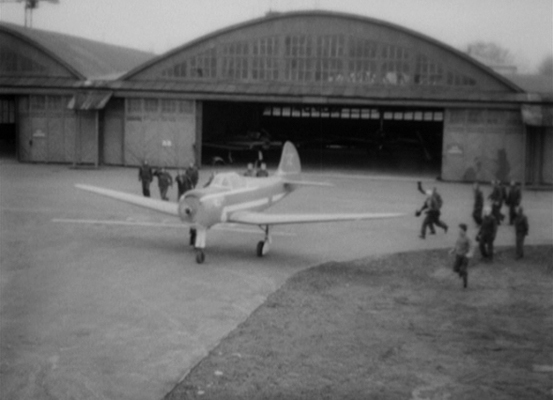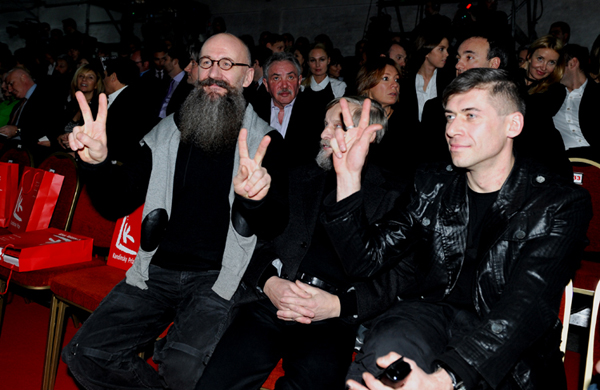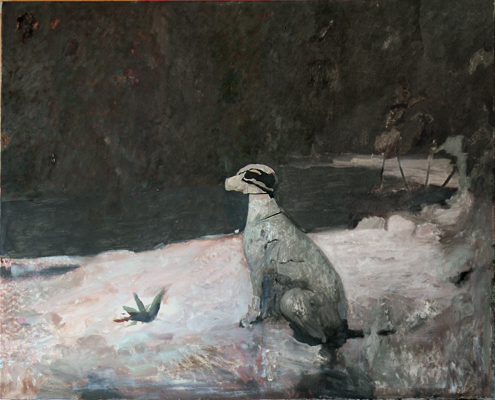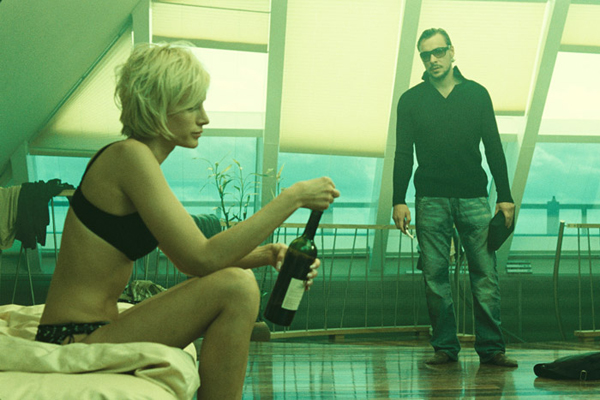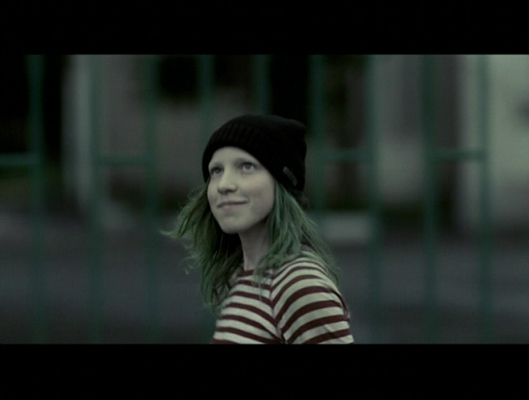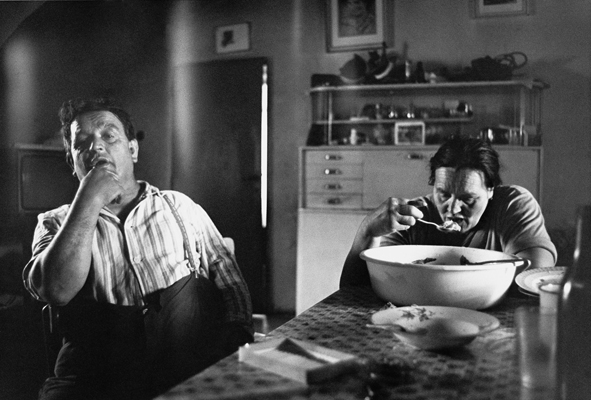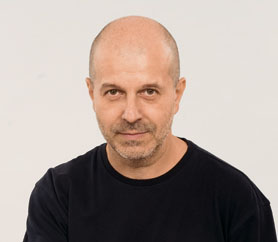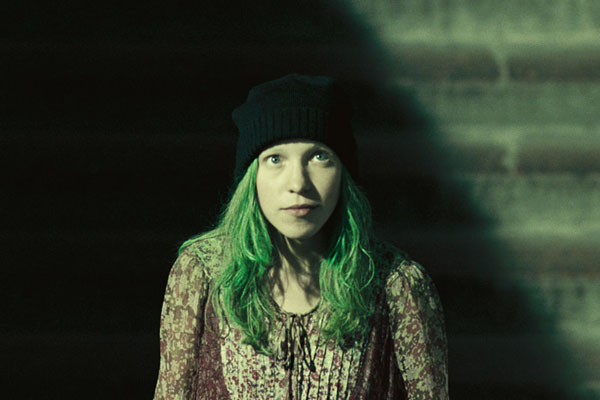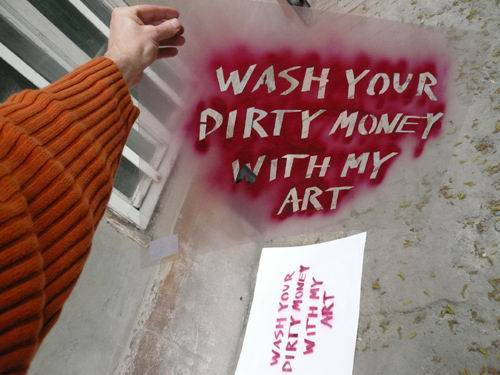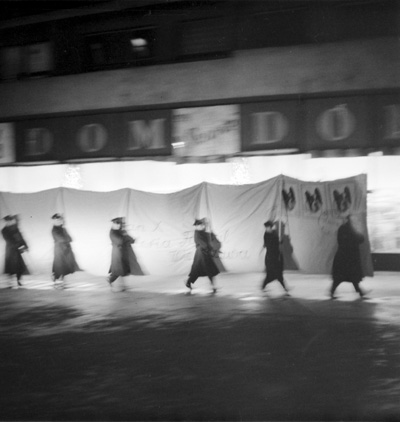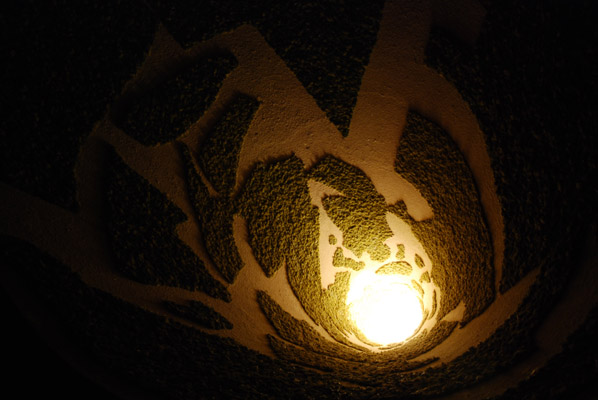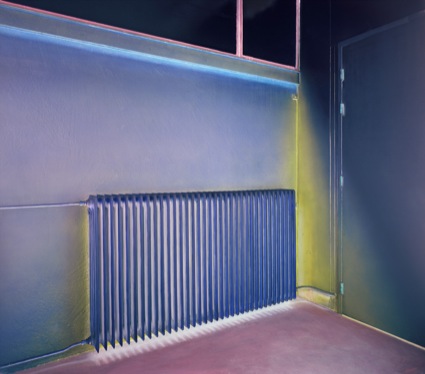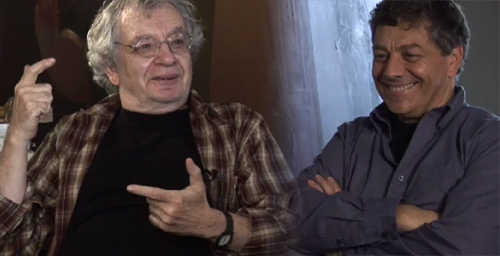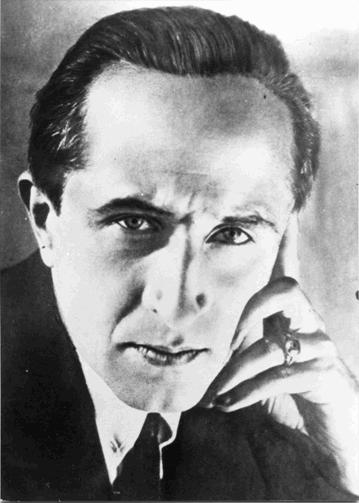In Search of a Final Flight: Two Films by Larisa Shepitko on DVD (Film Review)
WINGS. DIRECTED BY LARISA SHEPITKO, 1966. RELEASED ON DVD BY THE CRITERION COLLECTION, 2008. 85 MIN, 1:33:1 ASPECT RATIO.
THE ASCENT. DIRECTED BY LARISA SHEPITKO, 1977. RELEASED ON DVD BY THE CRITERION COLLECTION, 2008. 109 MIN, 1:33:1 ASPECT RATIO.
The 1965 end of year issue of Sovetskiy Ekran, the leading Soviet film magazine, came with a mail-in questionnaire.(Much of the information on the restructuring of the Soviet Film industry is based on Hill, Steven “Soviet Film Today” in Film Quarterly, Vol. 20, No. 4 (Summer, 1967), pp. 33-52.) Alongside garden-variety marketing research questions about … Read more

